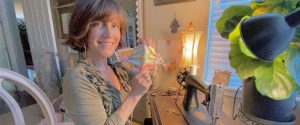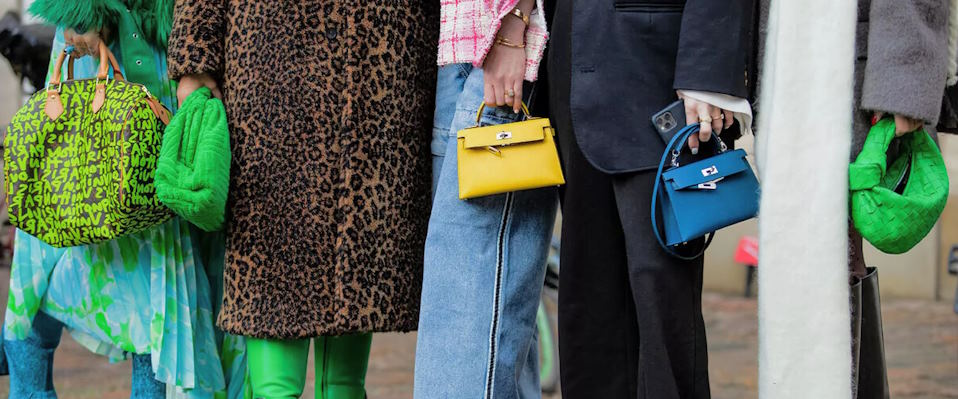Sewing Through the Decades: A Look Back at Women’s Contributions to Family Life 50 Years Ago
— 10/27/2023
Fifty years ago, sewing was an integral part of women’s daily lives, deeply rooted in the fabric of family life and domesticity. In an era where mass-produced clothing was not as readily available or affordable as it is today, women relied on their sewing skills to provide clothing for themselves and their families.
Handmade Wardrobes
Handmade clothing was the hallmark of family wardrobes fifty years ago. Women would spend countless hours at their sewing machines, meticulously crafting garments that reflected their style and practical needs. Patterns, often purchased from catalogs or passed down through generations, were blueprints for dresses, skirts, blouses, and more. Fabrics were carefully selected, with an eye for quality and durability, ensuring that homemade garments could withstand the test of time.

Sewing was not limited to women’s clothing; it extended to the entire family. Mothers would sew shirts, trousers, and jackets for their husbands and children, ensuring each family member was well-dressed and cared for. Handmade wardrobes were a source of pride and identity, with each garment representing not just a piece of clothing but a labor of love and skill.
Economic Savings and Sustainability
Sewing provided more than just handmade clothing; it also offered families economic savings and sustainability benefits. In an era of tight budgets and limited resources, sewing allowed women to stretch their dollars further by creating clothing at a fraction of the cost of store-bought garments. Fabrics could be purchased inexpensively and, with careful planning and skillful execution, transformed into stylish and functional clothing for the entire family.
Furthermore, sewing promoted sustainability long before it became a mainstream concern. Women would repurpose old garments, turning worn-out dresses into aprons or quilts and transforming fabric scraps into patchwork quilts or rag rugs. Nothing went to waste in the hands of a skilled seamstress, and the ethos of making do with what one had was deeply ingrained in the practice of sewing.
















